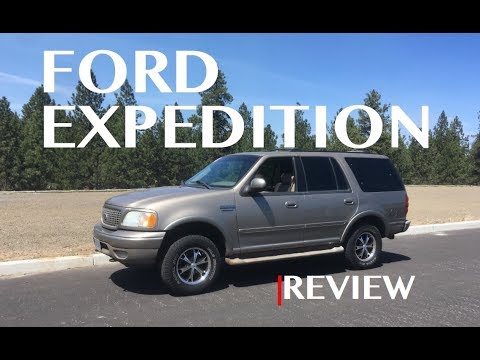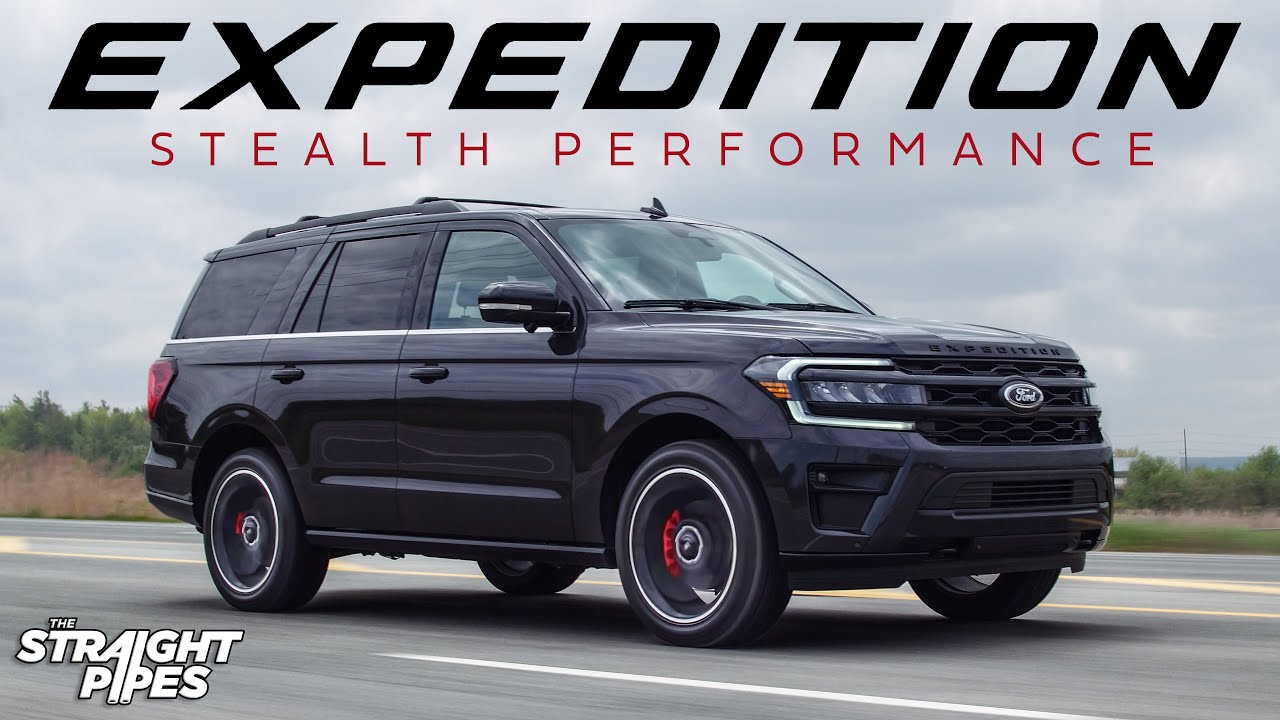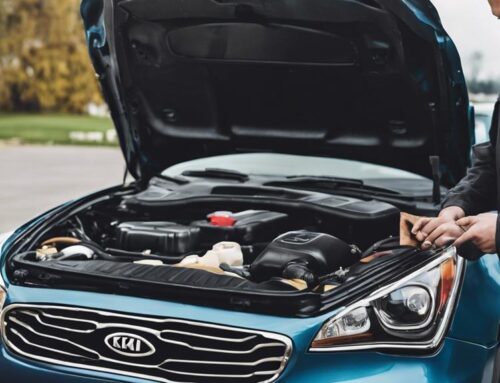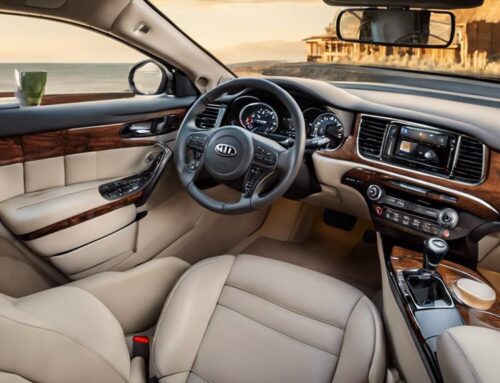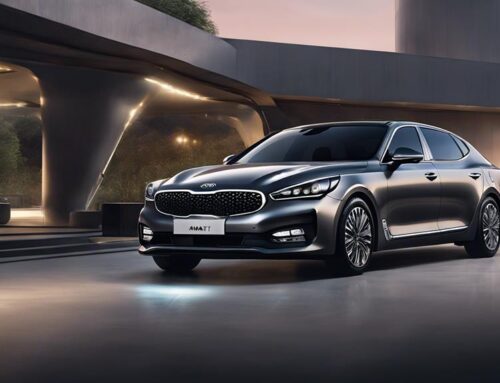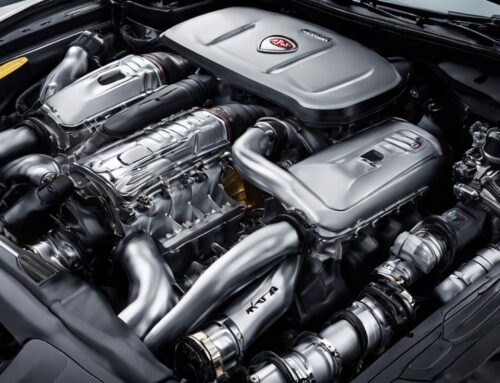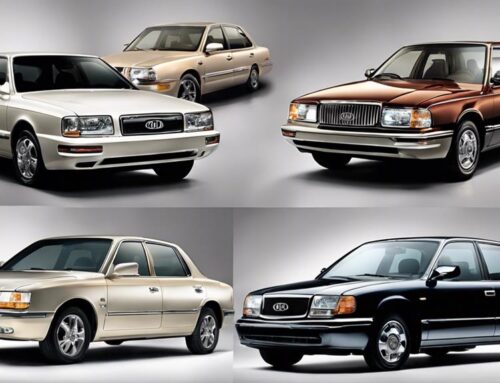The Ford Expedition, a stalwart on the roads, has transformed over time into a beloved and enduring vehicle.
Since its debut in 1997 as the successor to the Ford Bronco, it has captivated drivers with its four-door body and strong ties to the F-150.
The Expedition and the luxurious Lincoln Navigator share both their components and a reputation for dependability.
With numerous generations and updates, this SUV has continually enhanced its seating capacity, towing abilities, and advanced features, making it a top choice for those seeking a durable and versatile ride.
First Generation (1997-2002
The first generation of the Ford Expedition, which spanned from 1997 to 2002, replaced the two-door Ford Bronco and offered optional three-row seating along with 4.6L and 5.4L V8 engines.
This generation of the Expedition was a significant step forward for Ford, as it marked their entry into the full-size SUV market. The optional seating allowed for increased passenger capacity, making it a great option for families or those who needed extra space.
The powerful V8 engines provided ample power for towing and hauling, making the Expedition a versatile and capable vehicle. With its stylish design and comfortable interior, the first generation Expedition quickly gained popularity and established itself as a leader in the SUV segment.
Second Generation
Introduced in the second generation, the Ford Expedition underwent significant improvements to its towing and payload capacity, ride comfort, and overall performance. The updates in this generation were aimed at enhancing the driving experience and providing a safer and more reliable vehicle for its owners.
One of the key improved features in the second generation Expedition was its towing and payload capacity. With a stronger frame and suspension system, it was able to handle heavier loads with ease. Additionally, the ride comfort was greatly improved with the introduction of a fully independent suspension, which provided a smoother and more stable ride.
In terms of safety enhancements, the second generation Expedition was equipped with advanced safety features such as anti-lock brakes, traction control, and stability control. These features helped to prevent accidents and provide better handling in various road conditions.
Overall, the second generation Ford Expedition was a significant step forward in terms of performance, comfort, and safety. It offered improved features and safety enhancements that made it a popular choice among SUV enthusiasts.
| Improved Features | Safety Enhancements | Overall Performance |
|---|---|---|
| Increased towing capacity | Anti-lock brakes | Smoother ride |
| Higher payload capacity | Traction control | Better handling |
| Fully independent suspension | Stability control | Improved performance |
Third Generation
Having undergone a mechanical and cosmetic refresh, the third generation of this SUV featured a new ladder frame architecture and increased rigidity. This generation of the Ford Expedition introduced several mechanical enhancements and an exterior redesign that aimed to improve the overall performance and appearance of the vehicle.
Here are three key features of the third generation:
- Enhanced Performance: The mechanical enhancements in this generation included improvements to the suspension system, resulting in a smoother and more comfortable ride. The new ladder frame architecture also increased the rigidity of the vehicle, enhancing its stability and handling.
- Exterior Redesign: The third generation of the Ford Expedition featured a refreshed exterior design with a more modern and aerodynamic look. The front grille and headlights were redesigned to give the SUV a more aggressive and stylish appearance.
- Improved Safety: As part of the mechanical enhancements, the third generation of the Ford Expedition also introduced advanced safety features, such as improved braking systems and enhanced stability control. These enhancements aimed to provide a safer driving experience for the occupants of the vehicle.
Overall, the third generation of the Ford Expedition brought significant mechanical enhancements and an exterior redesign that improved both the performance and appearance of the SUV.
Fourth Generation (2018-present
The fourth generation of this SUV, which began production in 2018, showcases significant updates and improvements. The Ford Expedition has always been a strong contender in the SUV market, and the latest generation is no exception. One of the key enhancements of the fourth generation is its increased interior space, providing more comfort and convenience for passengers. Additionally, the 2018-present models come equipped with the latest technology features, including an advanced infotainment system and driver-assistance features. In terms of market competition, the Ford Expedition faces stiff competition from other full-size SUVs such as the Chevrolet Tahoe and the GMC Yukon. However, with its impressive features and capabilities, the fourth generation of the Ford Expedition continues to attract customers who desire a spacious and reliable SUV.
| Enhancements | Features of fourth generation (2018-present) | Market competition |
|---|---|---|
| Increased interior space | Advanced infotainment system | Chevrolet Tahoe |
| Latest technology features | Driver-assistance features | GMC Yukon |
| Spacious and reliable SUV |
The Lincoln Navigator, marketed as a luxury version of the Ford Expedition, shares body and mechanical components with its counterpart. This luxury partnership between Ford and Lincoln allows the Navigator to offer a high-end experience while benefiting from the shared components with the Expedition.
Here are three key points to paint a picture of their relationship:
- Enhanced Luxury: The Navigator takes the already spacious and capable platform of the Expedition and adds upscale features and finishes, creating a luxurious and refined interior for its passengers.
- Performance and Power: With shared mechanical components, the Navigator benefits from the Expedition’s powerful engine options and advanced technologies, delivering impressive performance on the road.
- Stylish Design: Both the Expedition and Navigator share a stylish and sleek exterior design, showcasing the modern and sophisticated aesthetics that are synonymous with the Lincoln brand.
Through this luxury partnership and shared components, the Lincoln Navigator offers a premium SUV experience that combines comfort, performance, and style.
Manufacturing Locations
Manufactured in the United States, the Expedition has been produced at both the Michigan Assembly Plant and the Kentucky Truck Plant. The production of the Ford Expedition has evolved over the years, with different generations and updates to meet the changing demands of customers. The manufacturing locations have played a crucial role in ensuring the production capacity and efficiency of the Expedition.
To provide a deeper understanding of the manufacturing process, here is a table showcasing the different generations and their corresponding manufacturing locations:
| Generation | Manufacturing Location |
|---|---|
| First | Michigan Assembly Plant |
| Second | Michigan Assembly Plant |
| Third | Kentucky Truck Plant |
| Fourth | Kentucky Truck Plant |
The move from the Michigan Assembly Plant to the Kentucky Truck Plant in 2009 allowed for increased production capacity and improved efficiency. This relocation has contributed to the continued success of the Ford Expedition production.
Frequently Asked Questions
How Many Passengers Can the Ford Expedition Seat?
The Ford Expedition can seat up to eight passengers. Its spacious interior features comfortable seating and ample legroom, making it a great choice for families or groups needing plenty of room for their journeys.
What Is the Difference Between the Limited and King Ranch Trims?
The Limited trim of the Ford Expedition offers a luxurious and comfortable experience with premium features, while the King Ranch trim adds a touch of Western-inspired style and unique interior design elements.
Is There a Special Version of the Ford Expedition Available for Law Enforcement and Emergency Services?
Yes, there is a special version of the Ford Expedition available for law enforcement and emergency services. This version is specifically designed to meet the unique needs and requirements of these professions.
How Long Is the Average Lifespan of a Ford Expedition?
The average lifespan of a Ford Expedition is typically around 200,000 to 300,000 miles. With proper maintenance, its durability and low maintenance costs contribute to its excellent resale value, making it a reliable long-term investment.
What Are the Mechanical and Cosmetic Changes Made in the Third-Generation Ford Expedition?
The third-generation Ford Expedition underwent various mechanical improvements and exterior design updates. These changes included a new ladder frame architecture, increased rigidity, and noise reduction measures, providing enhanced performance and a more refined driving experience.

